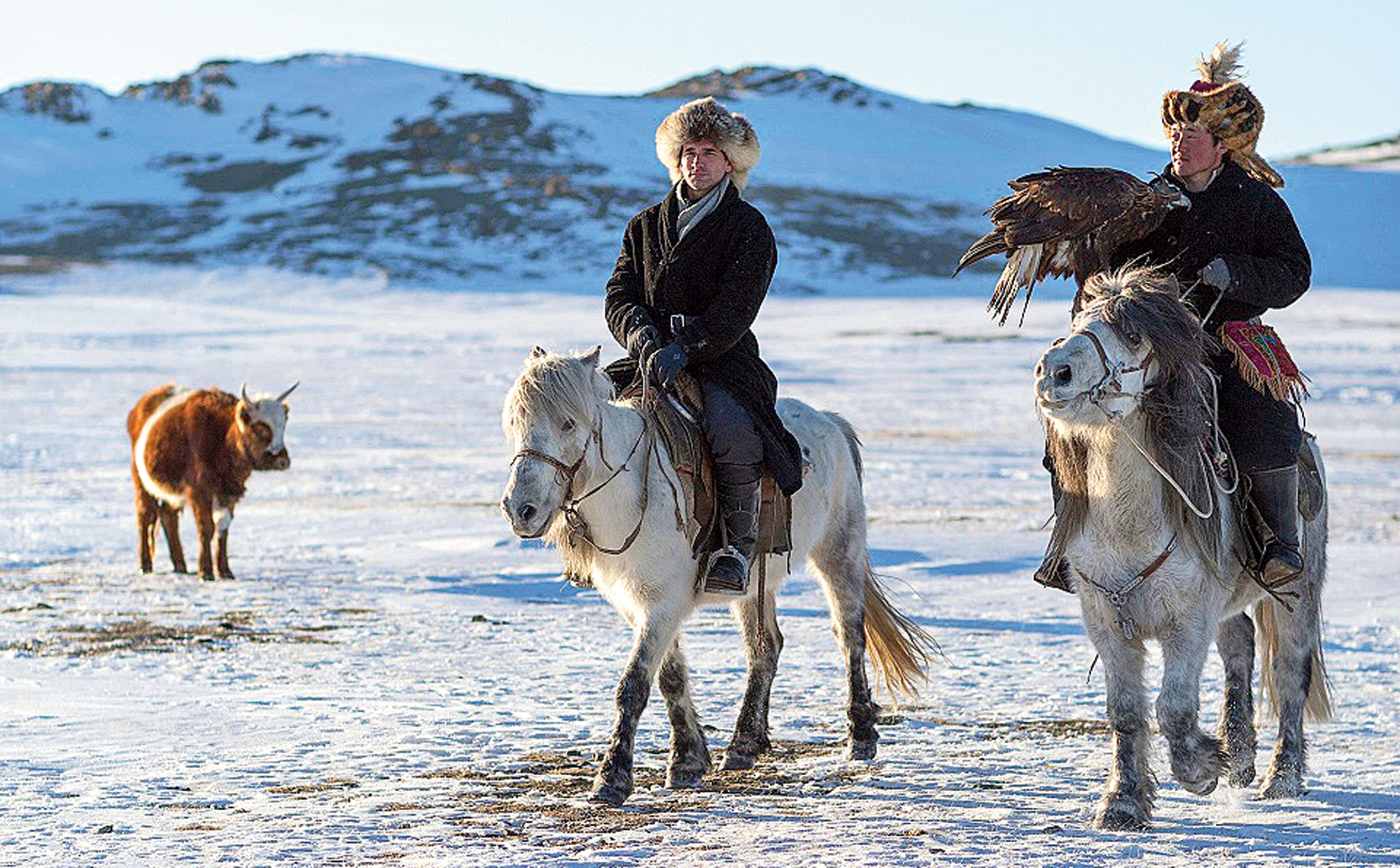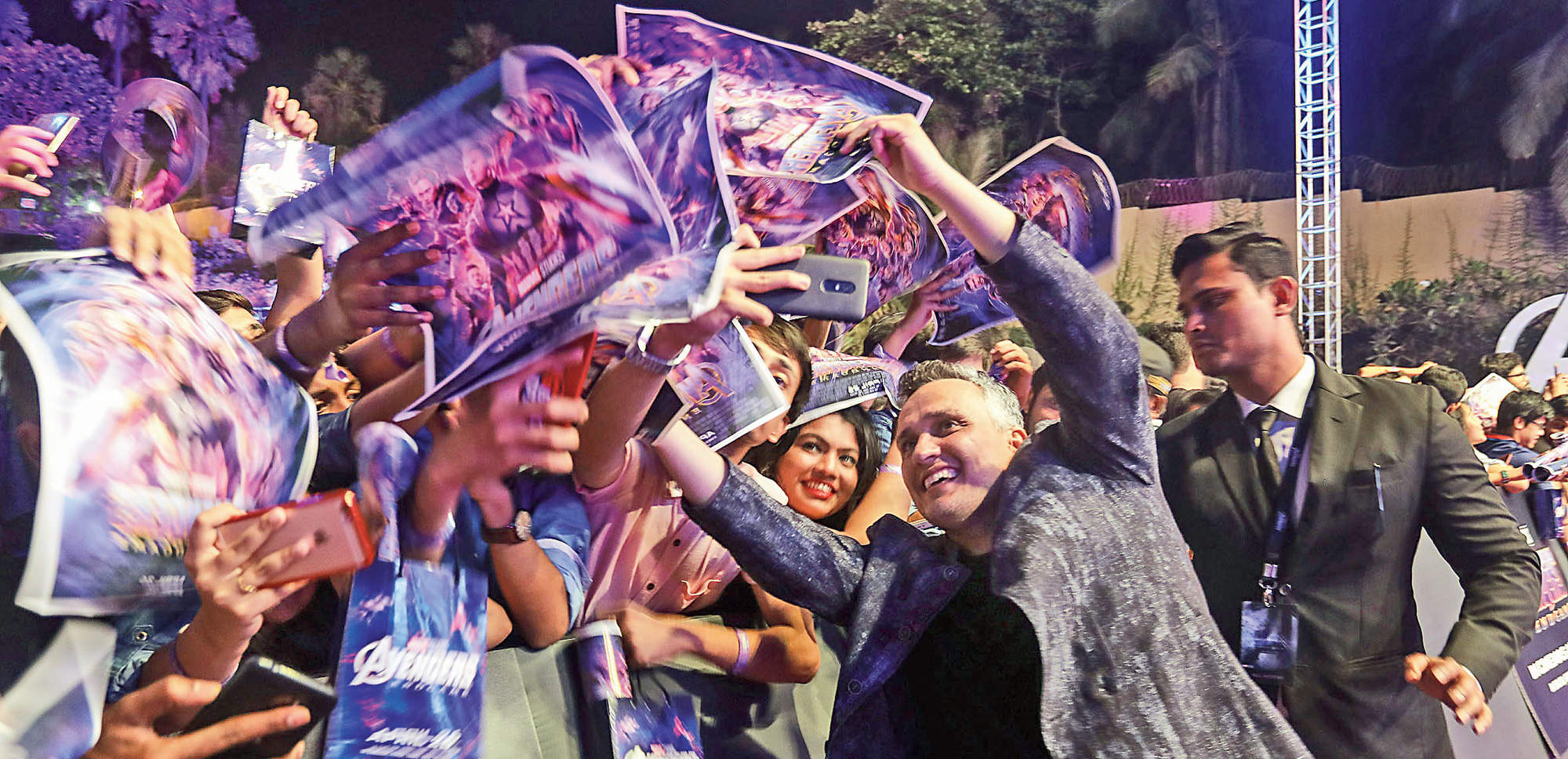Sydney resident Todd Sampson seeks out the hard life. He meets extraordinarily resilient people and challenges himself to learn their skills and attempts to make his body adapt in ways theirs have, using science. His pursuit makes the 48-year-old explore the boundaries of pain and endurance as he meets the sadhus of India, Iraqi snipers, Kazakh eagle hunters and so on, travelling from the frozen tundra to steaming jungles. A t2 chat on his TV show Body Hack, the second season of which is airing on Discovery Channel.
What makes you go search for the hard life?
There’s more at stake on the edge. There are too many people in the middle. (Laughs) I have always been interested to find out how much I could take. When I’d get frustrated as a kid, I’d free-climb a rock face across the street to visit a cave at the top where I’d sit for hours.
At what age did this boy decide to make adventure his way of life?
By the time I was in my 20s, I had climbed Mt. Everest. I was climbing all around the world. I was also working in advertising.
One day, I was asked if I wanted to be part of a TV show. I had no experience on TV but that show, Gruen, became a massive hit. It lifted the curtain on marketing, advertising and the world of persuasion. I thought I would use that popularity to create adventure science show for TV. So I combined those two genres. I did Redesign My Brain about how the brain works, then Life on the Line, which was on the laws of physics, and now I am in the third season of Body Hack. Before that, I never really believed that adventure could be more than a hobby for me.
In India we are about to see the second season of Body Hack. Tell us a little about it.
My mission in Body Hack is to investigate the life of extraordinary people and see what we can learn. India is the only place where I have shot for two seasons. In the first season, I did an episode on Bollywood stuntmen where they lit me on fire. I played the boyfriend of a famous actress. She (Bidita Bag) was very good. The stuntmasters trained me in the techniques of fighting.
Then we shot a film on a classic Bollywood storyline. It’s my favourite six minutes of film.
What did you do in the second season?
I went to Haridwar, Varanasi and met a range of sadhus — Nagas, Aghoris.... They are among the most kind and welcoming people I have worked with. They are also extraordinary. They taught me the power of the mind. A man who has his arm up for 15 years or rolled on the ground for 20,000 km... to me, they are incredible athletes. I rolled on the ground with the Baba in the episode.
You also met Iraqi snipers in another episode.
We were on the frontlines at Mosul. They were young. It was amazing to see them stay so calm in one of the most horrific situations the human body can be in — war.
How immersive is the experience for you?
I go where they go. For instance, the current episode I am filming took me to Gaza. I take different kinds of crew depending on the situation. In Gaza, I took a pared-down crew. In Mosul, I used an experienced war cameraman. The crew do not have good situational awareness as their eyes are focused on me. Because of that, they are at risk.
Did you get injured in any episode?
I nearly died in the Amazon. I took frog poison. They (tribals) burned it into my skin. My heart rate was down to 30 and then back up to 160. But it was part of the process. The Matsé hunters take this poison to heighten their senses. It helps them hunt. For me, it was nearly the end. People say the chemical might be a cure for Alzheimer’s. But my body went into toxic shot. And when I was recovering, my body overcompensated. So I had a heightened sense of sight and smell.
The hunters vomit a lot. Perhaps the poison reacts with the stomach acids and causes stomach convulsions. But I didn’t vomit. I nearly passed out. I felt like I had burning asps crawling under my skin. Then my lips started to swell. I thought that was it for me!
How was your experience with the New York fire-fighters?
My lesson from the fire-fighting episode is bravery can be learnt. You can teach people to be brave. Also, fire-fighters basically do their job blind. They can see very little in a building on fire. I underwent training in light burns. It was a crazy experience but it made me respect fire-fighters a lot more. You can wear 20 kilos of fire-protection gear but you boil inside. I still got burns in my neck and arms. It’s not a shield. It does not protect you completely.
What about the eagle hunters of Mongolia?
The eagles help them hunt foxes. The female eagles are bigger and more vicious. They weren’t used to my voice or smell. One tried to bite me. Its wingspan is 12m. Its claws can crush your bones. It’s a killing machine if it doesn’t like you. But after a week, it let me rub my head against its head. I travelled on a white horse with an eagle on my arm. Half the time, the crew in their vehicles could not follow me to places where the horses were taking me. So I was free to enjoy.
Did you have to learn kung fu for the episode on the kung fu masters in China?
Yes, every day. It taught me about balance. Many people get hurt when they get older because of their lack of balance. A lot of people wear shoes all the time. But there are 50,000 sensors at the bottom of your feet and they send signals to your brain to help you balance. You should spend half an hour a day at least with no shoes on.
Which episode was the greatest challenge for you?
The one that taxed me physically the most was Iraq. The one that tested me mentally was India. The things that I thought were impossible are possible in India.
Does your wife get tense when you start another season of Body Hack?
I don’t think she watches my shows. She has enough going on in life (laughs). But I make sure my two girls watch so they learn about other cultures, acceptance and difference. My wife is braver than I am. Childbirth is the most risky, intense and longest physical transformation. You could call it the greatest body hack of them all. And she has done it twice!













